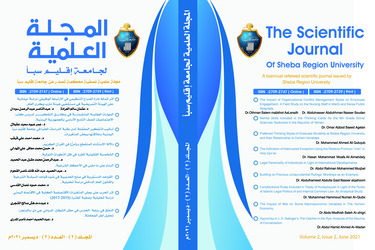The Indication of Interrupted Exception Using the Relative Pronoun “man” in Holy Qur’an The Indication of Interrupted Exception Using the Relative Pronoun “man” in Holy Qur’an
##plugins.themes.bootstrap3.article.main##
Abstract
This study aimed at identifying the significance of interrupted exception using the Arabic relative pronoun man “who” in the Holy Qur’an. It used the descriptive analytic inductive approach. The study concluded that the excepted is not a part of the excepted from and it does not have its types in interrupted exception. In interrupted exception, villa “except“ means “but” which is used as an adversative and not an specifying. Connected exception is the opposite. The use of interrupted exception with man in Holy Qur’an indicates association and generality. The researcher collected all the verses in which it is likely that they are interrupted exceptions. Disputable verses were left. That was based on grammarians’ analyses (I’rab) and interpreters’ sayings, and on the indication of the verses’ context. The study presented fourteen Quranic verses in which the interrupted exception with man was clearly stated. The study was composed of an introduction, two sections, and a conclusion, where the indication of each exception was put under its topic. The study recommended studying other indications of interrupted ex




